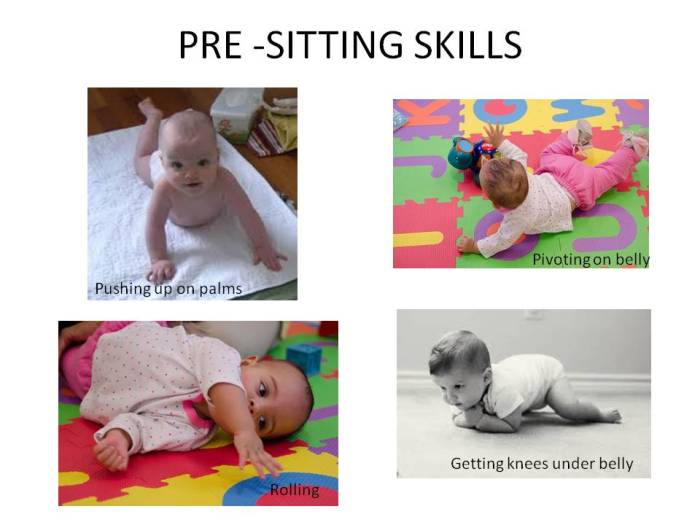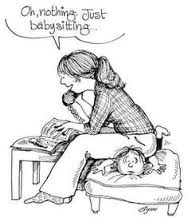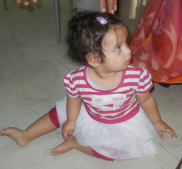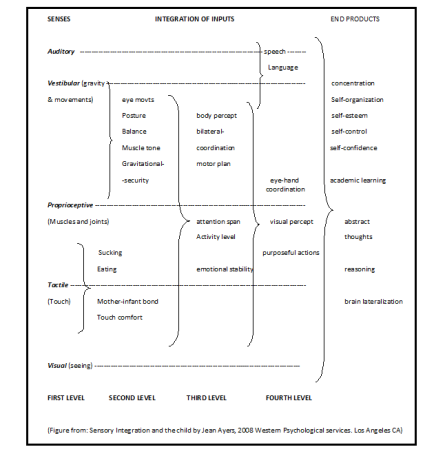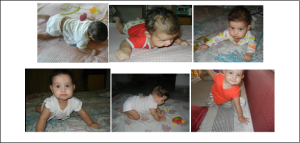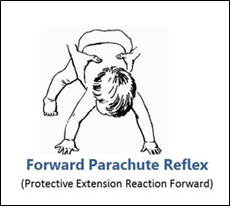

Some of the common traits are-
They have close set of eyes
Low nasal bridge
Low set of ears, wide mouth.
Usually born hypotonia(low muscle tone).
As soon as he was born he cried “miaow miaow”. We thought he is so cute, cries like a Kitten. Our parents consoled us that it must be because boys don’t cry loudly. We didn’t notice much. I was really tired with the delivery; we came back to our room and we tried to feed. He could not latch. I thought being a first time mother, I am facing what all mothers face. We tried a lot, and after a while he latched. He latched fine but he was not swallowing. Sometimes he would and sometimes he won’t. Sometimes milk would flow from sides and he wouldn’t react.
After a week we put on a cast on his legs. From groin till toes. He was treated with Ponseti method. He was so irritated and was not drinking milk properly. We thought it must be the pain and irritation. His feeding pattern only got worst from there. He was 5 weeks and still at his birth weight. We started bottle and he could not suck from bottle either. We were struggling a lot with reflux, colic, constipation.
He was out of casts and in the brace. To keep him comfortable we kept him on bed, comfortable pillows. All these only added to the delay. His head was not set, even by 6 months. He was still crying like a cat. No doctor tried to find out why baby has such a shrill voice. No one advised any test. Even when head was not set, we were not asked to meet a developmental specialist.
We did some research, and a lot of help and encouragement from this group, my husband and I decided to take an opinion from a developmental specialist. Aparna Bhat and Puja Padbidri helped us look at the bigger picture. Till that time we were thinking it should be the clubfoot but they made us realize that clubfoot has no relation with delay. They helped us understand the importance of each milestone and how skipping a milestone is not normal. They gave us plenty of references. We had a lot of questions from our family. We had people telling us not to worry and give it time. We were given examples of xyz’s son or daughter did this or achieved this milestone at so and so age. But they made us understand the importance of early intervention. They gave us the courage to go beyond all the advice and do what is best for our child.
Just to convince our family we consulted our family pediatrician. He immediately referred us to a Pediatric Physiotherapist. We started therapy when he was 7 months old. We also met a developmental specialist. She pointed out a lot of things. I was so angry and that is when I realized, as a parent I don’t want to see what she is saying. But whatever she pointed out was true. She was blessing in disguise. She referred us to one of the best neurologists in Mumbai. Being form India, hearing the word “neurologist” gives a chill down the spine. We still went ahead. By the time we met this neurologist, he was much better thanks to our physiotherapist. We met her and she suggested tests and asked us to meet after 3 months. She didn’t show any urgency maybe because baby was already improving with physiotherapy. She asked us to continue.
We conducted tests as per the neurologist. The tests were genetic test, Brain MRI and a few more. These were huge for us. First of all we were unaware of levels and degrees of these genetic problems. For us it means only one thing which every parent is scared of. Second was Brain MRI. It had to be done under general anesthesia. Vedhanth have already had one general anaesthesia at the age of one month and we were scared of put him under another one. We took the genetic test first thinking we would take MRI right before we meet her. The CGH array genetic test takes about 3 months for the workup and result. It was a long wait but we never thought it could be a problem. When he was 11 months old we did a brain MRI and found that he did not have any issues. Two weeks before his appointment we got the CGH test results.
It had 5P- written on it. We were totally devastated. We don’t know much about this syndrome so we started researching and things were not looking good. We stopped everything and thought that we will put our faith on our doctor. We will follow what she says. They were the hardest two weeks of our lives. Life was not going to be the same but at least we were in peace because we know what he is suffering from and we were prepared. Since then, he has been only progressing because of all the therapies. I am with him 24/7 and so is my husband once he is back from office.He is improving because of our personal attention.
Every year, there are children that are born with Cri Du Chat syndrome and due to the rarity of the syndrome and the lack of information, these children slip through the cracks and are not diagnosed, or are misdiagnosed. Every year, there are families that are presented with information, from the 1970’s, about their child’s syndrome. These studies state that their child will not walk, talk, and may die at an early age. This information is not necessarily true, and something needs to be done about it. There is very less awareness regarding genetic disorders.
Please spread awareness on early intervention. Trust your doctors and follow up on the tests they recommend. It is not necessary that all genetic problems necessarily mean inability for life. Proper help can make a huge difference.


